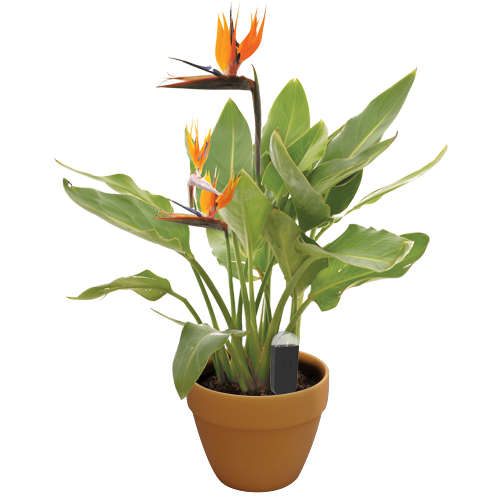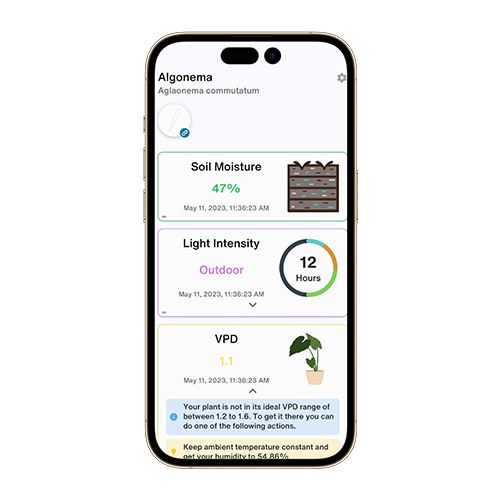Angelica atropurpurea
TAXONOMÍA
FamiliaApiaceae
GéneroAngelica
Zona4
APRENDE MÁS
Plants of the World OnlineACERCA DE
Angelica atropurpurea, commonly known as Purple-stemmed Angelica, is a perennial herb in the Apiaceae family. It is native to North America, particularly in moist, temperate regions. The plant is known for its tall stature, purple stems, and large, umbrella-like clusters of white flowers. It typically goes dormant in the winter months.
TAMBIÉN CONOCIDO COMO
Selinum Atropurpureum
Angelica atropurpurea var. atropurpurea
Angelica atropurpurea var. occidentalis
Archangelica atropurpurea
Purplestem angelica
DESCRIPCIÓN GENERAL
VPDCalcular
AguaHúmedo
SueloFranco
LuzBrillante indirecto (6 Horas)
Temperatura18° C
Humedad60
Inactividad3 Meses
pH6,5
Presión1013
DETALLES
Instrucciones de cuidado
Purple-stemmed Angelica thrives in temperate climates with moderate temperatures. It prefers bright, indirect light and should be kept in evenly moist soil. The plant benefits from moderate humidity and should be protected from extreme temperatures.Suelo
This plant prefers loamy soil that is well-draining yet retains moisture. A soil mix that includes organic matter will support its growth. Ensure the soil remains consistently moist but not waterlogged.Fertilizante
Use a balanced fertilizer with a nutrient composition of 5-10-5. Fertilize the plant during the growing season, typically in spring and summer, to support its development.Trasplante
Repotting is generally not necessary for outdoor plants, but if grown in containers, repot every 2-3 years to refresh the soil and provide more space for root growth. Repot in early spring before new growth begins.Propagación
Propagate Angelica atropurpurea by seed or division. Seeds should be sown in the fall or early spring. Division can be done in early spring by separating the root clumps and replanting them.Poda
Pruning is beneficial to remove dead or damaged stems and to control the plant's size. Prune in late winter or early spring before new growth starts. Cut back the stems to the base to encourage healthy new growth.Toxicidad
Angelica atropurpurea is generally not toxic to pets or humans. However, as with many plants, it is advisable to avoid ingestion of large quantities and to handle the plant with care to prevent skin irritation.Adicional
Angelica atropurpurea can attract beneficial insects such as pollinators to the garden. It is also used in traditional medicine for its purported health benefits. Ensure the plant has enough space to grow, as it can reach heights of up to 2 meters.REVOLUCIONE EL CUIDADO DE SUS PLANTAS
Haga Que Cada Planta Sea Inteligente

Monitor de planta
SE QUEDA EN TU PLANTA
Mide con precisión las métricas principales de su planta (humedad del suelo, luz, temperatura y humedad), así como métricas compuestas como el déficit de presión de vapor (VPD) y los grados día de crecimiento (GDD).
Compra ahora
